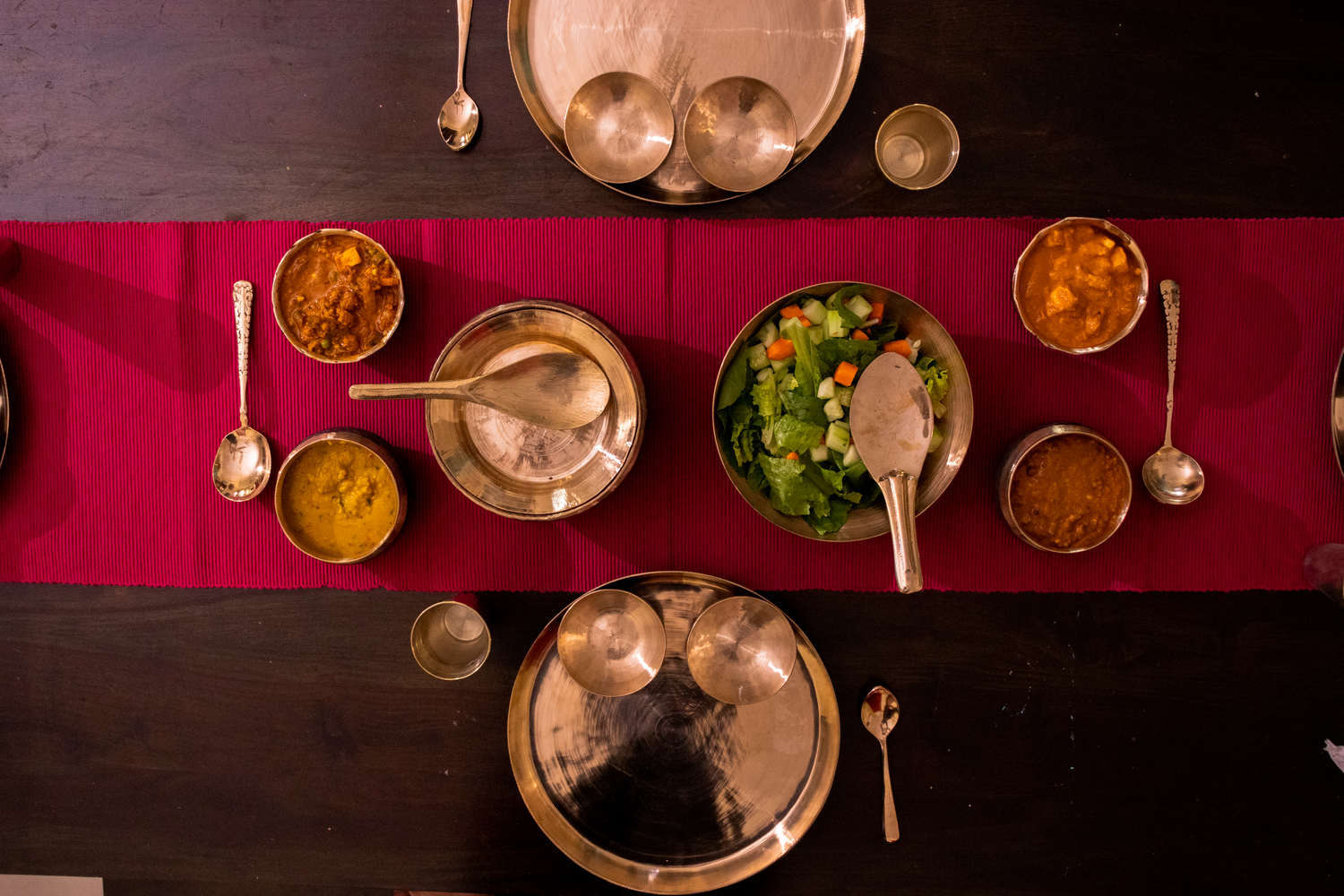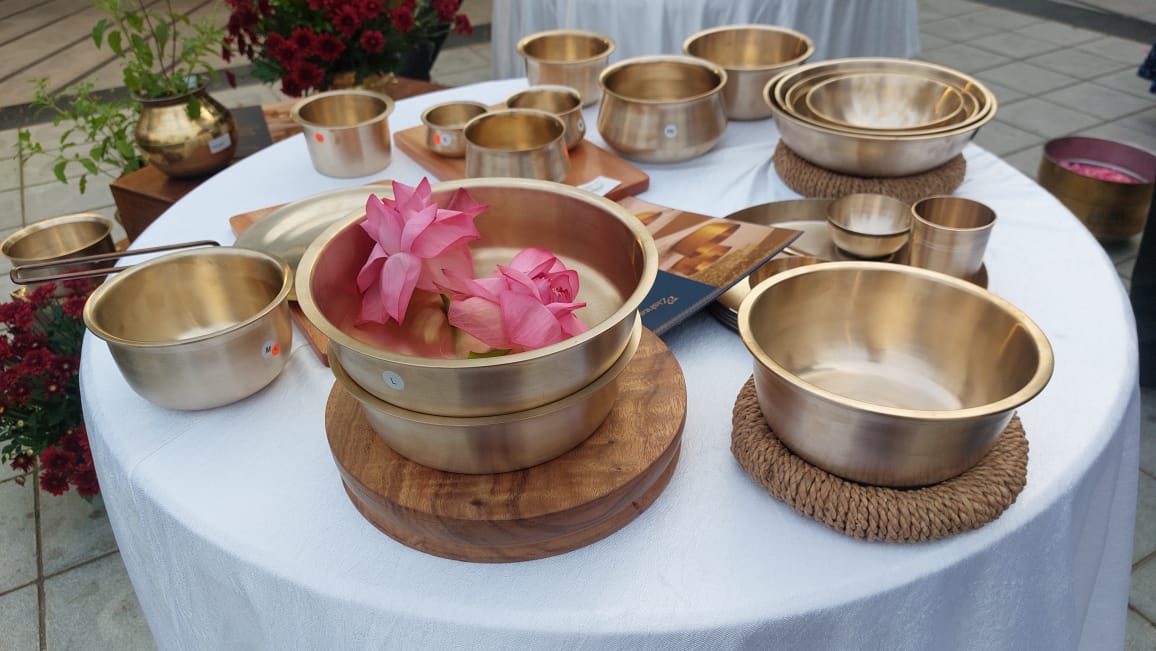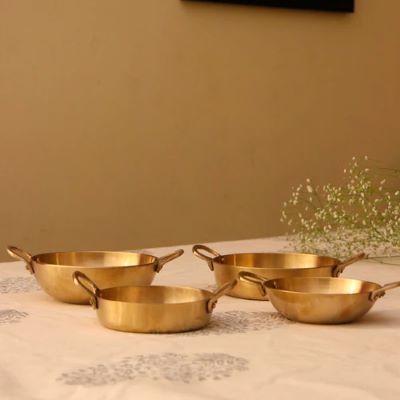Kansa and Bronze are essentially the same alloy-composed of copper and tin in a specific ratio of 78:22. This combination is highly valued, often referred to as the “perfect divine ratio” due to its ideal balance of metals. Known as “कांसा, कांस्य, కంచు, ಕಂಚು, வெண்கலம் and various other Indian languages, it is typically called “bronze” in English.
The Use of Kansa in India
In India, kansa has a rich cultural heritage and is used differently across various regions:
Cooking Vessels in Kerala and Tamil Nadu
- In these southern states, Kansa or Bronze is traditionally crafted into heavy and durable cookware. Popular Kansa cookware items include the uruli and vengala chatti.
- These items are often made using the lost wax method, a traditional and intricate process. This method requires high skill, as even minor errors can lead to flaws in the final product. Here, the process generally involves melting copper and tin at around 700°C, followed by sand casting, a technique where the molten metal is poured into sand molds to achieve shape and structure.
Dining and Serving Ware in Eastern, Western and Northern India
- In these states, kansa is typically fashioned into serveware. Popular kansa serveware include the thalis, katoris, and serving belas for dining.
- Artisans use Kansa sheets to create the necessary shapes or in places like Orissa, artisans heat ingots of the kansa alloy and then beat them to form the desired shape, emphasizing handcraftsmanship in the finished products.
Kansa’s appeal lies in its sturdy, durable nature, and its applications span from cooking to serving and dining. Its regional variations in craftsmanship and usage highlight its cultural versatility and the traditional expertise involved in creating kansa products.
Explore the key aspects of our Kansa Cookware and Serveware Collection !




2 comments
Manjunathaiah
I am interested in Kansa utensils health benefits.
K. Bhulaxmi
We want bronze items
Leave a comment
All comments are moderated before being published.
This site is protected by hCaptcha and the hCaptcha Privacy Policy and Terms of Service apply.